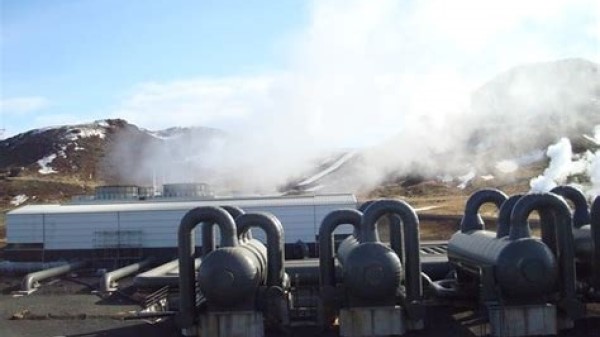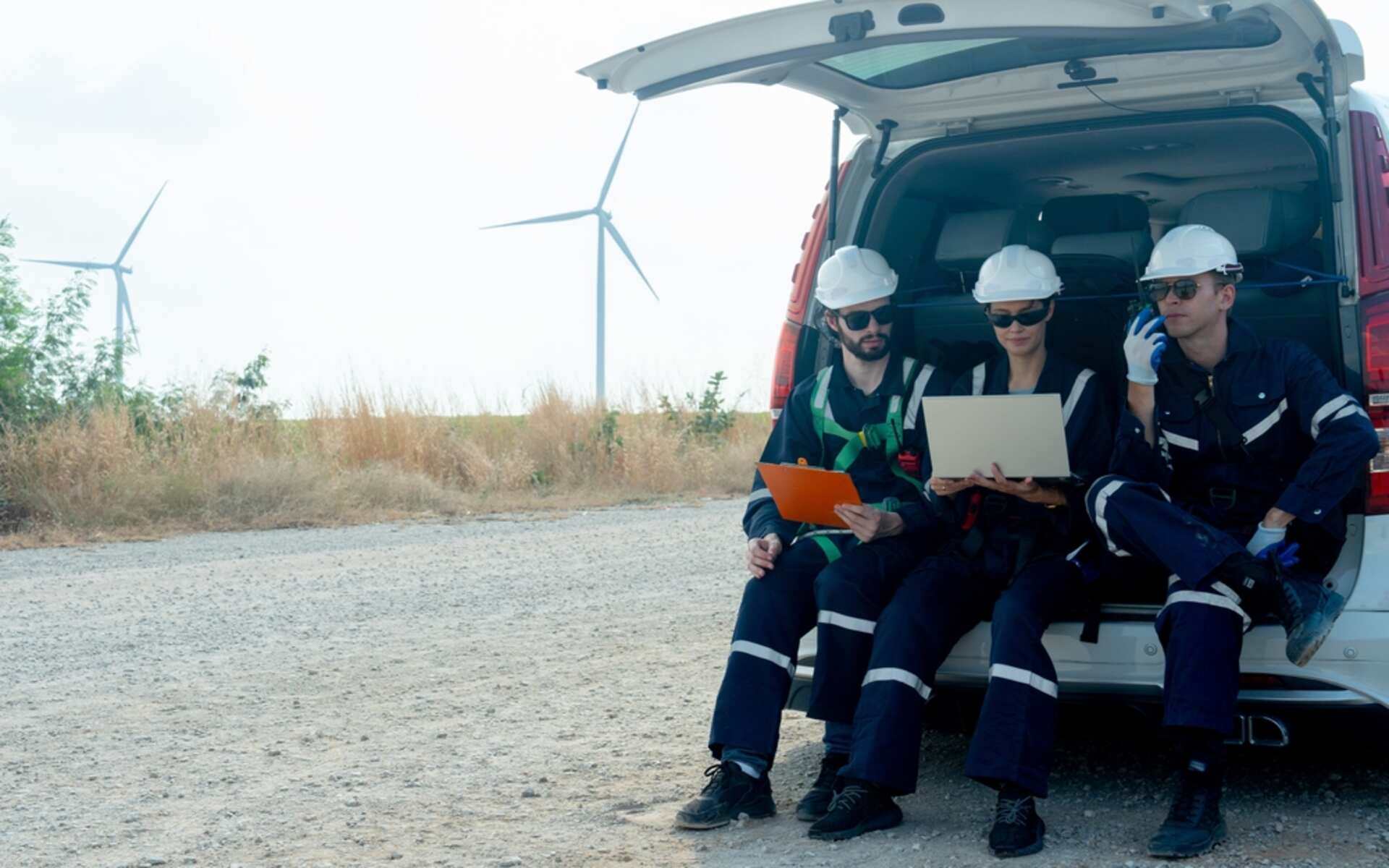Should HVAC Contractors Offer Geothermal Systems?
What is geothermal heating and cooling, commonly just referred to as geothermal, and how can you profit from it while saving your customers loads of money? Read on to learn about a unique and tremendous opportunity to increase your revenue and drive profits while making your customers happy with their investments.
Executive summary
In California, New York and many other states, efforts to lower or eliminate carbon footprints from all structures, from individual homes to larger, multifamily properties and industrial facilities, continue to grow in support and urgency. Geothermal will continue to play a role in this transformation, and HVAC contractors can capitalize on this trend if offering geothermal fits their business model.
Top 5 benefits of a geothermal systems
Over 50,000 geothermal systems are installed each year based on the following benefits:
- Energy cost savings: In the purest sense, geothermal is the least expensive method to heat and cool a house or building, often 50% lower than a traditional HVAC system.
- Lower operating costs: Geothermal systems last twice as long as a traditional HVAC system and requires very little maintenance.
- Geothermal reduces your carbon footprint: The reduction in greenhouse gas emissions of installing a geothermal HVAC system is equivalent to removing two vehicles from the road or planting 750 trees.
- Very quiet: The indoor portion of the unit is far quieter than a outdoor compressor or fan. It’s about as quiet as your refrigerator.
- Financial Incentives: Presently, several government programs are offering (or plan to offer) rebates, tax credits, and incentives for geothermal building temperature control.
The benefits of drastically reducing the costs associated with heating and cooling buildings, in conjunction with the environmental benefits, make geothermal a compelling option.
How does geothermal work?
Just 10 feet or so below ground level at your home or building, the earth's temperature is approximately 55 degrees. The exact temperature varies depending on latitude, but around this depth, the temperature of the earth remains constant year-round, whether it is a very hot summer day or a freezing winter night. It is a giant heat exchanger, and the world is so vast that you cannot overload it with heat or cold. It remains unaffected and stays 55 degrees!
In a conventional heating and cooling system, fuel or energy is consumed in large quantities to heat something up or cool it down. However, a natural heat exchanger is 10 feet below ground level, where it is always cooler than the hottest day or warmer than the coldest night.
Almost magically, the earth requires no energy to maintain its temperature, yet it can absorb heat or give it off. The only energy needed is for moving the warmed or cooled liquid refrigerant through a looped pipe and then sending the treated air back through the ducts in the structures.
Geothermal heat pump — heart of the system
According to the U.S. Department of Energy, the geothermal heat pump (geo-exchange) has been around just short of 70 years, so it is a time-tested, durable device that excels at using the constant-temperature earth instead of the variable-temperature air as the medium of exchange.
Underground pipe loop — where the temperature exchange happens
The heat pump’s job is to receive the too-hot or too-cold refrigerant or water from the building and pump it through a pipe loop buried in the earth, then pump it back into the building properly cooled or heated. Pumping the refrigerant through the loop takes comparatively little energy, as the earth takes care of the heating and cooling process. Simple and dependable.
Geothermal pros and cons — is it cost-effective?
The EPA (Environmental Protection Agency) categorizes geothermal heating and cooling as the most energy-efficient system and considers it environmentally clean. Because the system does not use carbon-based fuels and is low-maintenance, the EPA predicts it can reduce energy costs by at least 65%.
How do the numbers work out? The most efficient way to install a geothermal system is to include it during new construction. Even so, new systems would likely incur an increase of 40% over that of the more traditional HVAC unit and system.
As an upgrade or retrofit to an existing home or building, installation costs can be over $10,000 due to exterior excavation that will be required. If there is existing landscaping and hardscaping present, the excavation work can be very disruptive. That is why incorporating a geothermal system in new construction builds or homes with limited landscape and hardscape are much more cost effective. Further, it’s likely the existing ductwork will need to be modified, particularly in older homes or buildings.
Even so, the US DOE summarizes all of this very nicely and then makes the bold proclamation that although a geothermal system can cost several times more than a traditional HVAC system, your payback, due mainly to lower heating and cooling costs, will be realized in only 5 to 10 years. Couple that with a longer, projected equipment life of up to 25 years for the indoor equipment and an astounding 50 or more years for the ground loop, and you can visualize where the home or building owner could enjoy substantial savings over time.
Raiven Can Help
Raiven serves HVAC and electrical contractors with the lowest prices on equipment, parts, and maintenance supplies as well as a purchasing platform that makes buying fast and efficient. Key benefits include:
- Pre-negotiated discounts of 7-25%+ from industry leading suppliers like Carrier, Ferguson, Grainger, Graybar, Koch Filter, and more.
- Supply chain alerts for price and product availability changes on the supplies that matter to you most.
- Private marketplace houses all your preferred suppliers in one location for easy access to your discounts. No more bouncing around websites comparing prices.
- AI-powered purchasing tools that find the lowest prices even when employees shop outside your preferred suppliers.
Raiven is your one stop to save time and money. Visit Raiven to learn what we can do for you.



